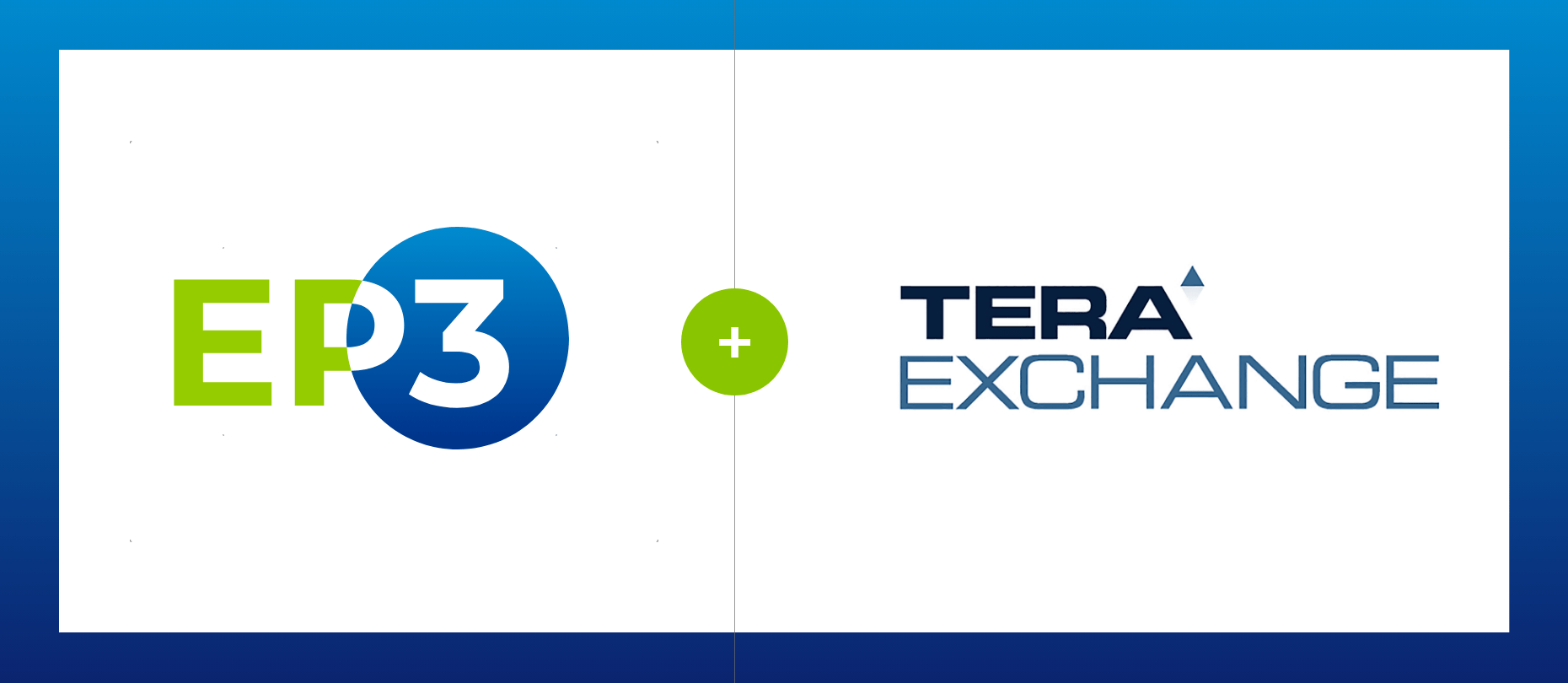SPRINGFIELD, NJ and AUSTIN, TX – March 13, 2023 – TeraExchange, LLC., announced today that it has selected EP3, from Connamara Technologies, Inc., to power TeraExchange, a CFTC-registered Swap Execution Facility (SEF) that delivers unconflicted swap market access and utility to its market participants at highly competitive rates.
TeraExchange’s centrally cleared swaps mitigate risk and improve the overall efficiency of the trading process and Connamara Technologies is a global provider of exchange solutions for capital markets and alternative assets. EP3’s cutting-edge technology provides industry-leading speed, state-of-the-art self-healing capabilities, and customized, flexible integrations. Its seamless infrastructure assures future-proof capabilities designed specifically to meet the unique needs of TeraExchange and its users.
“TeraExchange’s expertise in swaps trading, combined with EP3’s advanced capabilities, allows us to provide a reliable and secure trading platform for institutional players,” said Paul Jenkins, CTO. “The track record of Jim Downs and the Connamara team is second-to-none, and we’re thrilled to work with them to launch our innovative, agile platform.”
“At Connamara Technologies, we understand the changing landscape of today’s global capital markets. We are pleased to work with TeraExchange to develop a scalable solution that meets their needs — and the needs of their clients — at every step,” said Jim Downs, co-founder and CEO of Connamara Technologies. Connamara’s Head of Growth, Dan Davis, added, “SEFs are an important part of the capital markets ecosystem, providing stability, transparency, and risk management benefits, and clients like TeraExchange are the reason we developed our EP3 platform with modern, customizable and scalable functionality.”
For more information about TeraExchange, visit Teraexchange.com. Find more information on EP3, visit Connamara.tech.
About TeraExchange, LLC.
TeraExchange, LLC, an independent provider of Dodd-Frank Act compliant end-to-end exchange services, is a swap execution facility registered with the U.S. Commodity Futures Trading Commission. TeraExchange utilizes advanced trading technologies and straight-through processing to deliver unconflicted swap market access and utility to its market participants at highly competitive rates. TeraExchange’s cloud-based exchange infrastructure provides global introducing brokers and other institutional market participants with compliant pre-trade credit confirmation, trade execution and regulatory reporting services across a broad range of centrally cleared financial products.
About Connamara Technologies, Inc. and EP3
Connamara Technologies is the company behind EP3, the advanced exchange platform and order-matching engine, conceived and incubated at Connamara Systems. EP3 represents years of accumulated knowledge and experience from successful deliveries to exchanges and marketplaces. Exchange operators can rely on a legacy of proven exchange technology when choosing an exchange platform and matching engine with unparalleled flexibility and reliability.
Connamara Media Contact:
Randy Williams
[email protected]
TeraExchange Media Contact:
Paul Jenkins
[email protected]

